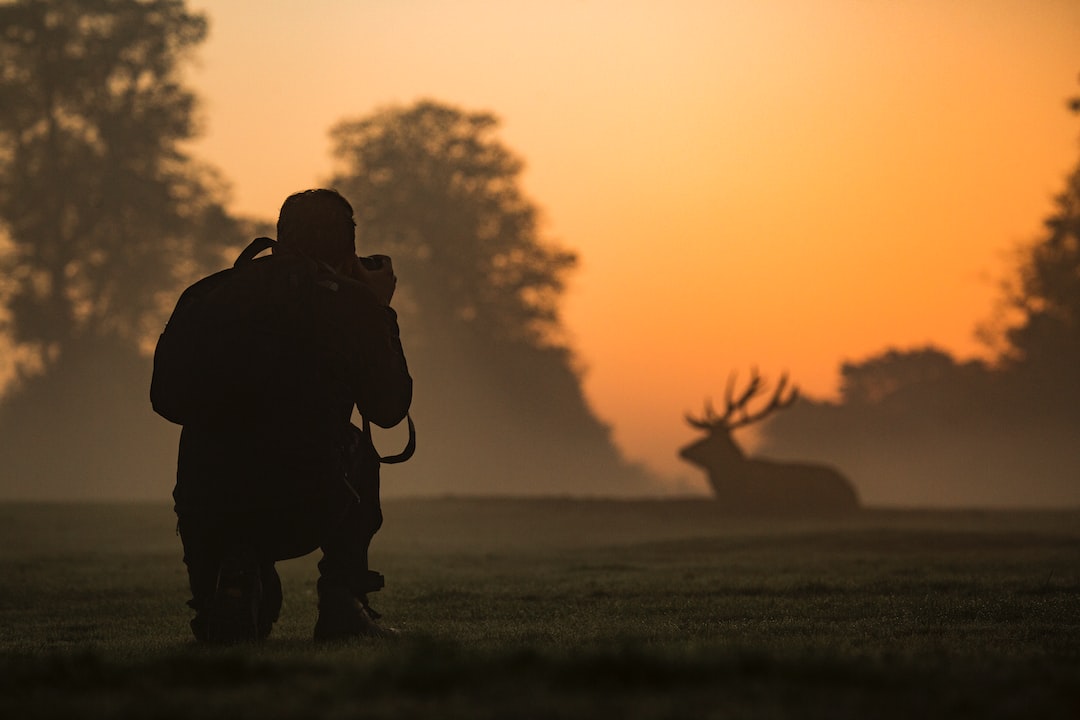Learning to Play the Guitar: Essential Techniques for Beginners
The guitar is an incredibly versatile instrument that has captured the hearts and minds of music enthusiasts for generations. Many people, both young and old, dream of playing the guitar, but taking that first step can seem daunting. However, with the right techniques and practice, learning to play the guitar can be an enjoyable and rewarding journey. In this blog post, we will explore some essential techniques for beginners to help kickstart your guitar-playing adventure.
1. Familiarize Yourself with the Parts of the Guitar:
Before diving into playing, it’s crucial to understand the different parts of the guitar. From the headstock to the bridge, each component plays a role in producing sound. Become acquainted with the names and functions of the strings, frets, and tuning pegs. This knowledge will lay the foundation for your guitar-playing journey.
2. Proper Posture and Hand Placement:
Maintaining a proper posture and hand placement is essential for playing the guitar efficiently. Sit with your back straight and ensure that your guitar is well-supported, either by resting it on your leg or using a guitar strap. Your fretting hand should lightly grip the neck, while your strumming hand should rest comfortably on the body of the guitar.
3. Mastering Basic Chords:
Chords are the building blocks of many songs and are essential for any beginner guitarist. Start by practicing open chords such as C, D, E, G, and A. Take your time to learn the finger placement for each chord and strum down each string one by one, ensuring clear and consistent sound. Regular practice and repetition will gradually build your muscle memory and allow you to switch between chords effortlessly.
4. Developing Finger Strength and Dexterity:
Playing the guitar involves the coordination of your fretting hand’s fingers. To develop finger strength and dexterity, start with simple exercises like finger stretching and fingerpicking patterns. Gradually increase the difficulty by incorporating new chord progressions into your exercises. Remember to start slow and gradually increase your speed as you become more comfortable.
5. Strumming and Picking Techniques:
Strumming and picking techniques provide rhythm and texture to your guitar playing. Experiment with different strumming patterns and tempos to find what suits your style. Picking techniques, such as alternate picking and fingerpicking, offer a variety of sounds and allow you to explore different genres of music. Focus on accuracy and precision to produce clear and distinct notes.
6. Basic Music Theory:
While it may seem intimidating, understanding basic music theory can greatly enhance your guitar-playing skills. Familiarize yourself with notes, scales, and chord progressions. This knowledge will enable you to improvise, transpose songs into different keys, and write your own music. Online resources, books, and even local music teachers can provide valuable insights into music theory.
7. Ear Training and Playing by Ear:
Developing your ear for music is an invaluable skill for any guitarist. Practice recognizing melodies and chords by ear. Start with simpler tunes and gradually progress to more complex melodies. This skill will allow you to play songs by simply listening to them, making jam sessions and impromptu performances effortless.
8. Patience and Consistency:
Learning to play the guitar is a journey that requires patience and consistency. Progress may not happen overnight, but with dedicated practice, you will see improvement over time. Set realistic goals, break them down into smaller milestones, and celebrate your achievements along the way. Remember, the joy of playing the guitar comes from the process as much as the end result.
In conclusion, learning to play the guitar is a fulfilling experience that requires dedication, practice, and the right techniques. By familiarizing yourself with the parts of the guitar, developing proper posture and hand placement, mastering basic chords, and practicing finger strength and dexterity exercises, you can begin your guitar-playing adventure on the right foot. Don’t forget to explore different strumming and picking techniques, understand basic music theory, and train your ear to unlock new levels of musicality. Embrace patience and consistency, and you’ll surely find yourself strumming along to your favorite tunes in no time. So pick up that guitar, start practicing, and enjoy your musical journey!

